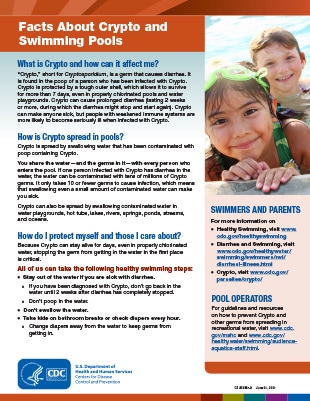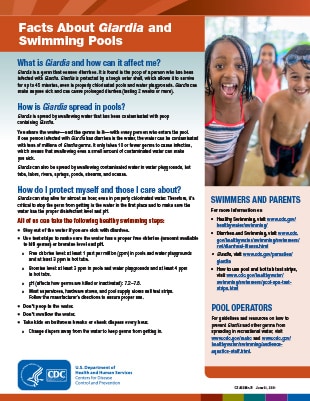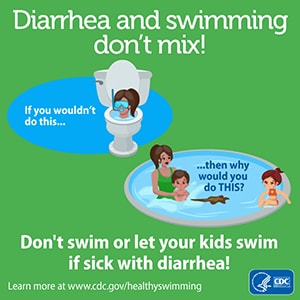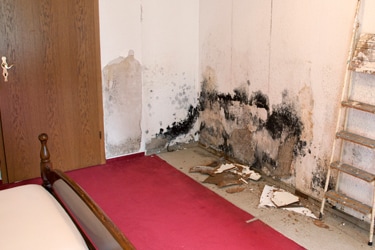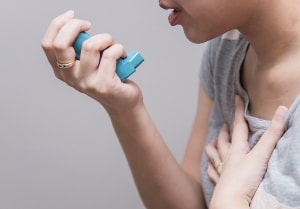"With temperatures rising as we head into the summer months, so does the risk of heat hazards. In 2019, exposure to heat led to 43 work-related deaths and 2,410 injuries and illnesses, according to the U.S. Bureau of Labor Statistics. The Occupational Safety and Health Administration has resources to help employers and workers beat the heat and stay healthy and safe.
Here are some practices to remember as you prepare for the summer heat:
1. Train all workers.
Employers should train supervisors and workers on how to control and recognize heat hazards. Workers should also know about first aid for heat illness. Training should always be conducted in a language workers understand.
2. Follow the 20% rule.
On a worker’s first day, no more than 20 percent of the duration of their shift should be at full intensity in the heat. The duration of time at full intensity should be increased by no more than 20 percent a day until workers are used to working in the heat.
3. Remember these three words: “Water. Rest. Shade.”
Workers should drink one cup of water every 20 minutes while working in the heat to stay hydrated. When the temperature is high, employers should make sure workers take frequent rest breaks in shaded, cool or air-conditioned areas to recover from the heat.
4. Workers new to the job are at higher risk.
Workers who are new or returning to working in warm or hot environments need more time to adapt. More than 75 percent of heat-related fatalities occur during a worker’s first week, which is why “acclimatization” – the process of building resistance to increased temperatures – is so important. Learn how to protect new workers from heat-related illness and monitor them until they are acclimatized.
5. Hazardous heat exposure can happen indoors or outdoors.
Though heat stress is typically related to outdoor work environments, and construction workers account for about one-third of heat-related deaths, workers in hot indoor environments like kitchens, laundries, warehouses and electrical utilities are also at risk.
6. Engineering controls and modified work practices can reduce the risk of heat illness.
Consider reducing physical activity as much as possible by planning for the work ahead and rotating job functions among workers to help minimize exertion. Find more work practices here.
Learn more about OSHA’s campaign to prevent heat illness and find resources in English and Spanish on our website. Workers and employers who have questions or concerns about workplace safety can contact us online or by phone at 1-800-321-6742 (OSHA).."
Heat illness

